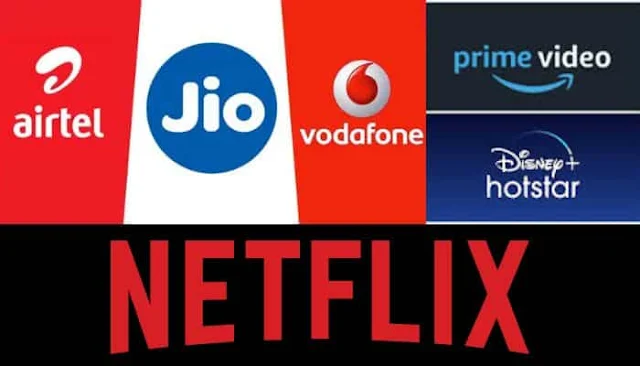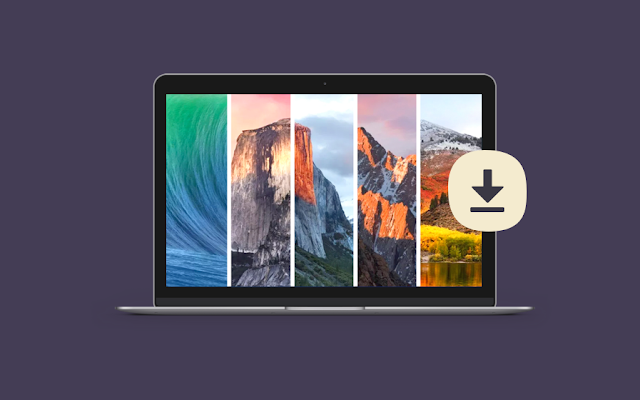
With the recent partnership between JioCinema and renowned international studios HBO and Warner Bros, the competition in the Indian OTT landscape has intensified. This article delves into the impact of this partnership on legacy players like Disney+Hotstar, Sony LIV and Zee5, highlighting the significance of pricing as a major factor for users in India.
Emergence of JioCinema and the HBO & Warner Bros Partnership
JioCinema, a popular streaming platform backed by Reliance Jio, has emerged as a formidable player in the Indian OTT market. Its recent partnership with HBO and Warner Bros has further strengthened its content library, bringing globally acclaimed shows and movies to Indian viewers. This strategic collaboration has elevated JioCinema's offerings, enticing users with a diverse range of high-quality content.
Impact on Legacy OTT Players: Disney+Hotstar Sony LIV & Zee5
The entry of JioCinema into the market and its partnership with HBO and Warner Bros has disrupted the landscape for legacy OTT players like Sony LIV and Zee5. These platforms now face the challenge of competing against the mighty JioCinema and its expansive content library. To retain their user base and stay relevant, Disney, Sony LIV and Zee5 must adopt effective strategies and differentiate themselves in this fiercely competitive environment.
Competing Against JioCinema: Factors for Success
To successfully compete against JioCinema, legacy OTT players need to focus on several key factors that influence user preferences in the Indian market. While content remains king, other aspects such as pricing, user experience, content differentiation, marketing strategies, and partnerships also play crucial roles in attracting and retaining users.
- Pricing as a Key Competitor in the Indian Market: In a price-sensitive market like India, the affordability of OTT subscriptions often becomes a determining factor for users. Legacy players like Sony LIV and Zee5 must carefully analyze their pricing strategies to strike a balance between offering value for money and generating revenue. By understanding the pricing preferences of Indian users, these platforms can leverage competitive pricing plans to maintain their market share.
- Balancing Quality and Affordability: While pricing is important, legacy OTT players must also focus on providing high-quality content and an immersive user experience. The availability of popular and exclusive shows, movies, and regional content can sway users' decisions. By investing in both original and licensed content, platforms can cater to the diverse tastes and preferences of Indian viewers.
- Differentiating Content Offerings: To stand out in a competitive market, Disney, Sony LIV and Zee5 should curate content that appeals to specific target audiences. By identifying niche genres and producing original shows or acquiring exclusive rights to popular regional content, these platforms can attract and engage viewers who are looking for unique and differentiated offerings.
- Power of Partnerships: Strategic partnerships with content creators, production houses, and even telecom operators can amplify the reach and visibility of legacy OTT players. Collaborations with popular regional studios, renowned filmmakers, or influential artists can help these platforms secure exclusive content rights and expand their user base.
- Adapting to Changing Consumer Preferences: The OTT landscape is continuously evolving, and legacy players must adapt to changing consumer preferences. By closely monitoring user data, preferences, and consumption patterns, Sony LIV and Zee5 can make data-driven decisions to tailor their content offerings and provide a personalized experience that resonates with their target audience.
Conclusion: The Road Ahead for Legacy OTT Players:
The recent partnership between JioCinema and HBO & Warner Bros has injected new energy into the Indian OTT market. Legacy players like Sony LIV and Zee5 face the challenge of competing against JioCinema's extensive content library and Reliance Jio's market presence. By focusing on pricing, content differentiation, user experience, and effective marketing strategies, these platforms can navigate the competitive landscape, retain their user base, and attract new subscribers.




